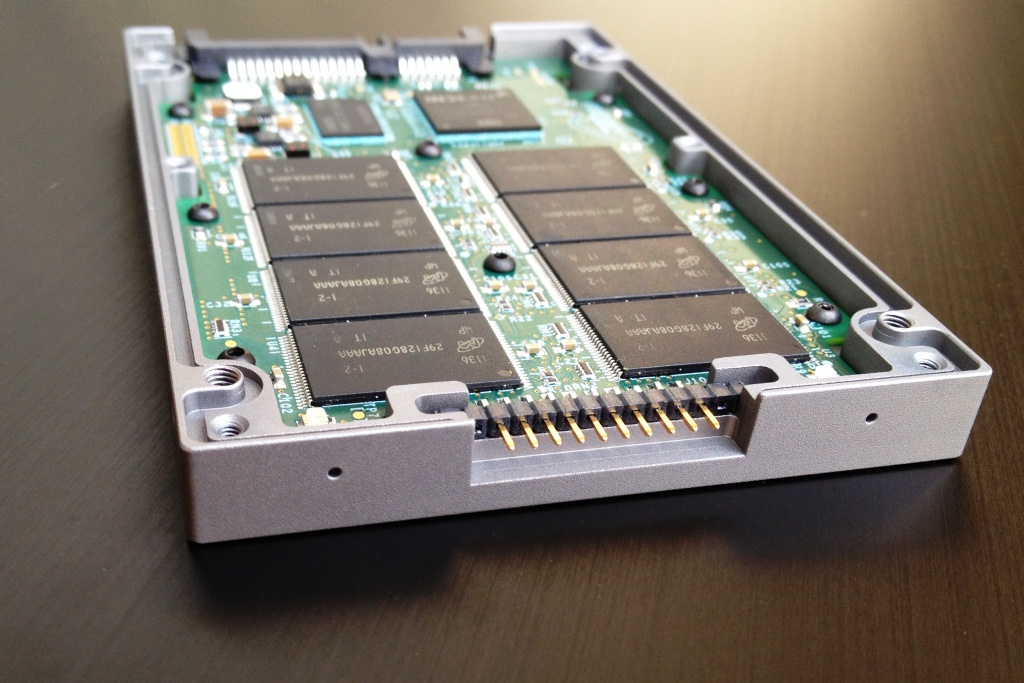NAID, the National Association for Information Destruction, has formed a working group to tackle data destruction on solid state storage.
NAID’s special team of industry personnel (they use the slightly more serious sounding term “task force”) will study the murky world of data security in the solid state age.
Some studies we’ve seen show that traditional secure erasure combined with garbage collection are just about fool-proof when it comes to making sure no one gets to your previously-intact data. But other studies show that data can indeed be recovered long after the fact.
When we looked at the TCS Proteus Plus Military/Industrial SSD a short time ago, we were impressed by it’s vast array of data erasure options. In those cases where regular secure erases weren’t good enough, the Proteus Plus supported eight additional government and military approved methods to shred the last traces of data on the drive, almost to the point of seeming excessive. But if some of NIST’s assertions are correct, those special erase methods are not in vain.
Traditional magnetic media needs a lot of attention to properly remove the last vestiges of data — often before physical destruction in some cases. Certainly, a plain ol’ secure erase is probably good enough for most SSD-using consumers. However, when it comes to the security of state, military, financial, and commercial trade secrets, there is no such thing as ‘too careful’.
NAID is composed of 1,900 members in the data destruction industry. Securing and destroying old magnetic HDD and media is a big business, one which could go the way of the dodo and buggy whip if quick ‘n dirty secure erases are good enough in a future dominated by solid state storage. HDDs and paper aren’t going to disappear overnight, but in a world owned by mobile devices and SSDs, nothing is certain.
 The SSD Review The Worlds Dedicated SSD Education and Review Resource |
The SSD Review The Worlds Dedicated SSD Education and Review Resource | 
